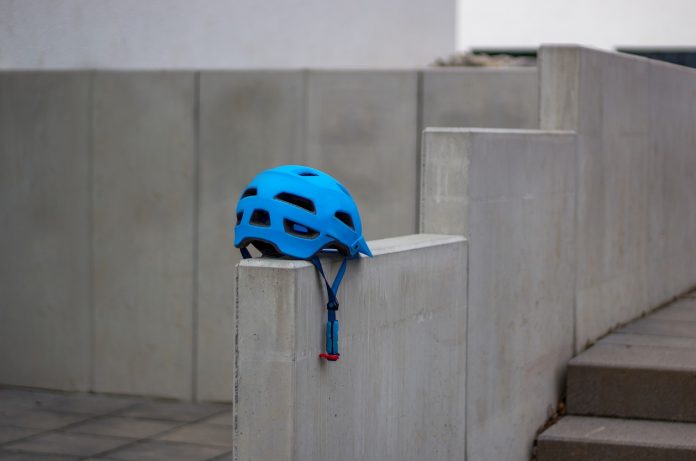
Head injuries are the leading cause of serious injury and death to kids on wheels*. Most injuries occur when a cyclist suffers a fall, strikes a stationary object, or collides with another cyclist/pedestrian. Remember—it’s the law in Alberta that cyclists under the age of 18 must wear a helmet (and highly recommended for all ages). Helmets should be CSA approved and worn during recreational activities such as skateboarding, in-line skating, and cycling.
Getting Informed
- Wearing a helmet while cycling can prevent a serious injury, or even save a life;
- Brain injuries can cause permanent disability or death;
- Reduce your risk by always wearing your helmet;
- Replace any helmet that has been involved in a crash, even if it appears undamaged.
Getting Started
- Allow children to assist when buying their helmet. Cyclists who choose their own helmet are more likely to wear them;
- Start the habit early. Young children learning to ride tricycles need to wear helmets;
- Parents must lead by example – always wear a helmet when cycling.
Getting the Right Fit
- Take the time to properly fit and adjust your helmet to ensure maximum protection in case of a crash;
- When worn properly, helmets should fit level, not tilted up, or down over the forehead;
- Helmets should feel snug, but not too tight. To test the fit, the helmet should not fall off when you shake your head from side-to-side while the straps are unfastened;
- Adjust the chin straps to form a “Y” below and slightly forward from the ears;
- Only one finger should be able to fit under the chin strap when it is fastened;
- Do not forget to use the sizing pads included with the helmet. They will help improve the overall fit, comfort and safety.
*Parachute Canada: http://www.parachutecanada.org/injury-topics/item/wheeled-activities








